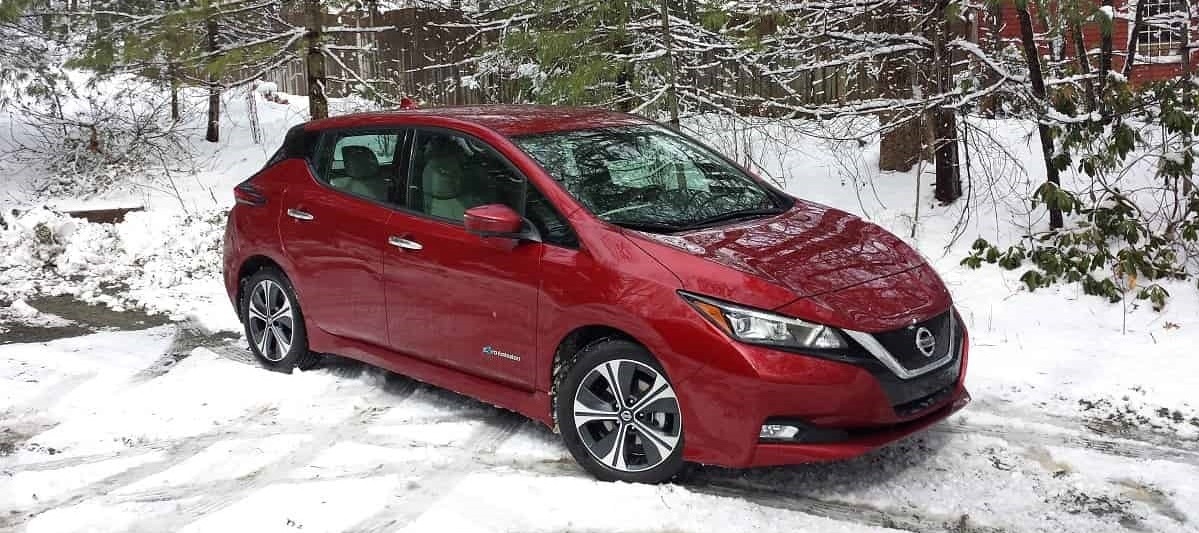With the first frosts of the winter I’m reminded there will be a whole group of new EV owners who will not have experienced dark winter nights on the road and there are a few important things they need to remember. :triangular_flag_on_post:
Each winter drivers stuck in queues of traffic increasingly see EVs parked by the side of the road with no lights on and no hazards, giving the impression they have run out of fuel in their batteries...yet another bad advert for EVs against ICE cars…..but it can all be avoided with a little common sense.
How does an EV actually work?
The way a diesel or petrol car works is the engine runs an alternator which supplies the ancillary (12 volt) battery. Therefore when you see diesel or petrol cars stuck in traffic they will all have their engines running to stop the battery going flat. An EV works in a similar way...ish.
An EV has a 12 volt ancillary battery, just the same as an ICE car which supplies power to the lights, radio interior light, heated seats and heated steering wheel. In the Nissan LEAF, this battery is topped up from the larger fuel battery at a rate of 1 kWh…..but only if the ignition is switched on. Switch it off and it’s just like switching off the ignition in an ICE car...and the ancillary battery will eventually go flat...and once that happens, it doesn’t matter how much charge you have in the main battery, the car will not start.
So what should I do?
So, the simple solution is if you are stuck in traffic….don’t switch the car off. Just leave it switched on. It won’t use any more fuel than what you are drawing off in the ancillary battery and if you have a full battery you can sit there for a couple of days without any problems…
Shout/tag me if you have any other questions and share your thoughts and experiences below!
Leo





